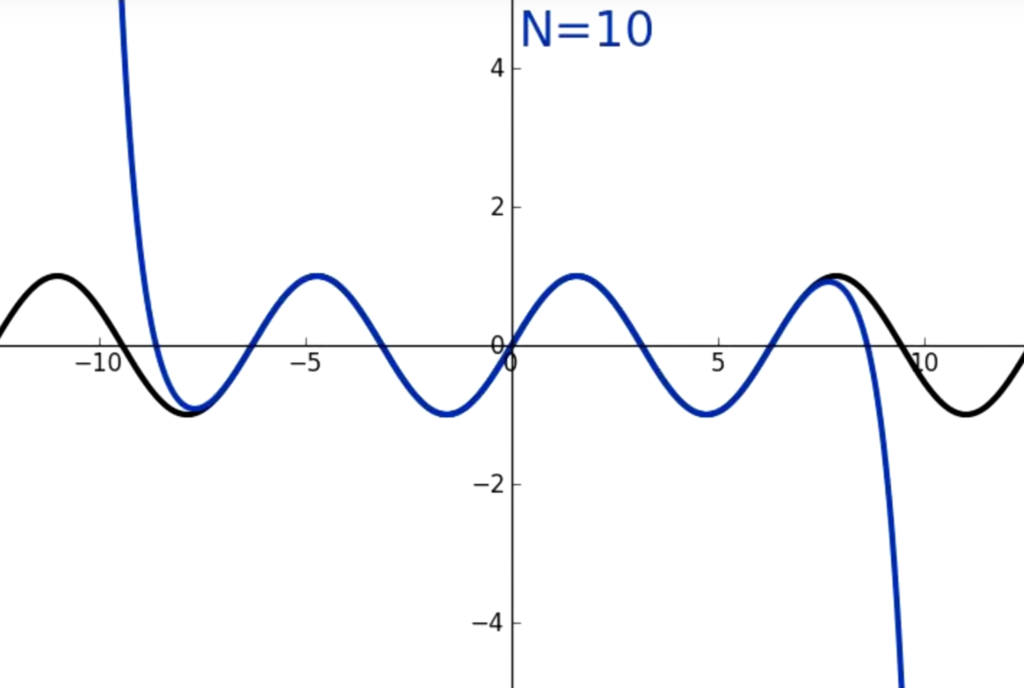Sometimes I feel like I should put a content warning here when the technical level of a post is higher than usual. This one would probably be a five out of five for geekery. It’s a video from NESHacker on counting score on the Nintendo Entertainment System. But I don’t want to discourage you from watching it! It’s nine minutes long, and it contains a definition of the term double dabble.
Human-readable numbers are tracked by computers in a number of different ways. Nowadays we basically just do a printf or some version of it, but on a 1 megahertz platform, optimization really matters. It’s easy to think of computers as being impossibly fast, but in truth speed only ever counts relative to the efficiency of the algorithm you use. Computers are fast, but they aren’t all that fast.
One of the big tradeoffs in processor design is, fewer complex instructions that do a lot but take a lot of cycles, and processor complexity, to execute, or many simple instructions, each doing little and being relatively simple, and not needing a complex processor design to implement.
The 6502 microprocessor generally follows the latter design philosophy. It made some important tradeoffs to keep costs down. For example, it doesn’t have hardware that can multiply arbitrary numbers together. It relies on the programmer, or else a library author, to use the instructions given to code their own multiplication algorithm, if they need one. The result is going to be slower, probably, that if the chip had the circuits to do this automatically in silicon, but it reduced the cost of the chip, basically allowing more to be made, or else increasing the profits for the manufacturer.
Personally I’m a fan of just storing the score as a series of digits that match up to their positions in the character set. Gain 1,000 points? Just bump the 1000s-place up by one, and if it goes past 9, subtract 10 and bump the 10,000s place. That’s a tried-and-true system that many games use, and works well if all you ever have to do is add numbers. Comparing values, like for detecting extra life award levels, make things slightly more complex, but not by much. There’s sometimes other factors involved though, and that may explain why Super Mario Bros. uses different systems for its counters, as explained by NESHacker.

